| The Museum of Natural History has several parts. Quite
a large area is given over to fossil remains and reconstructions of
dinosaurs and other extinct animals. This one is relatively small. The
largest is a 42 ft long kronosaurus, a prehistoric marine reptile and is the
only representation of the species in the world. It is 135,000,000 years old
and had teeth the size of bananas. | 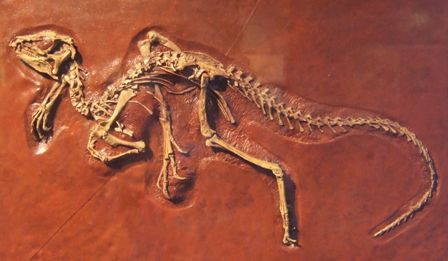 |
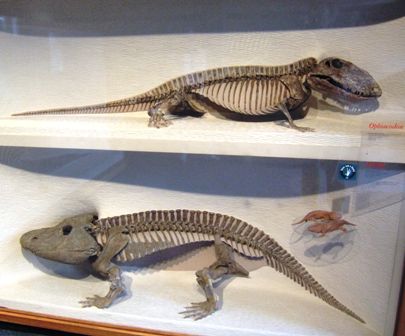 |
These are smaller, more easily managed, land based creatures. Above is an
ophiacodon.while below is an eryops. So now you know! |
| This is a paddlefish. I believe such creatures still
exist and feed by stirring up the mud with their long 'paddles'. | 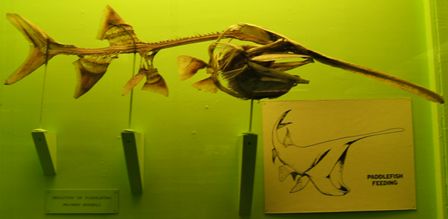 |
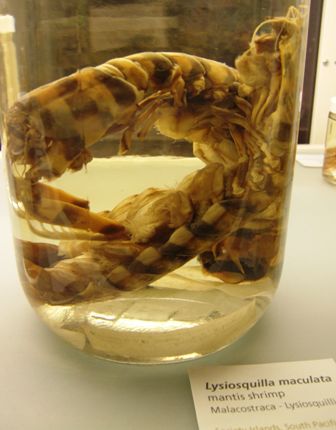 |
Many smaller, but equally weird specimens are displayed in glass collecting
jars, presumably surrounded by formaldehyde or something similar. This is a
mantis shrimp. I wouldn't like to meet its big brother... |
| I've included it in the marine section although the
whale is in fact a mammal. They have four whales all over 40 ft long. This
one has a huge baleen filter at its mouth where it filters tiny particles of
food from huge mouthfuls of water. | 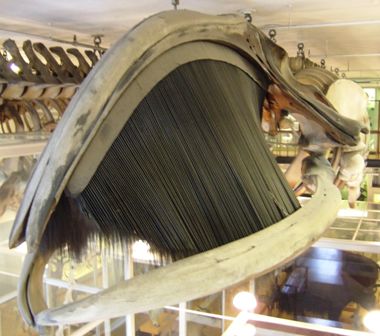 |
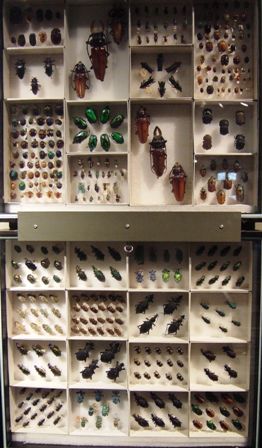 |
From one extreme to the other, we have an extensive insect collection. Now
I'm no fan of insects but the displays are very well displayed. |
| These are presumably all of one family showing the
huge variety of creatures even within one small grouping. | 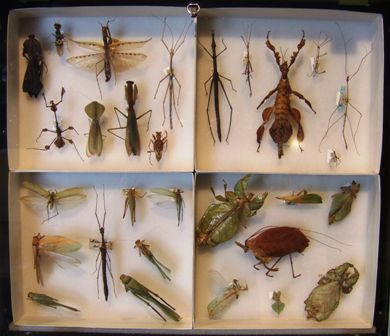 |
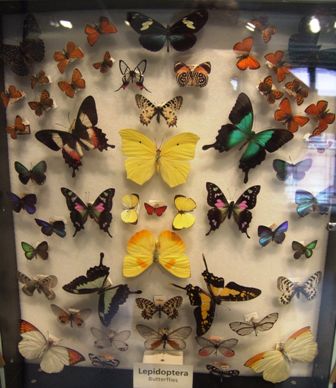 |
The butterfly collections are the most colourful. This is just one tiny part
of the overall collection. I wonder how they keep the colours so vivid.... |
| Another section of the museum is devoted to birds'
eggs and nests. All shapes and sizes from humming birds to dodos are
represented in these displays. It was good to see them in their nests
because sometimes you can see how well camouflaged they are. | 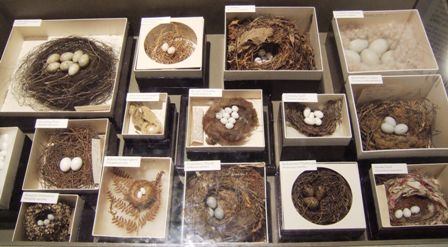 |
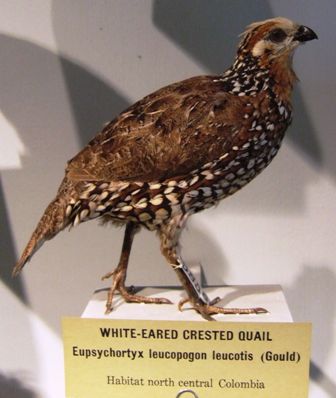 |
There are literally hundreds of birds on display having been collected from
all over the world in the late 1800s and early 1900s when it was very
fashionable. This is just one token example. |
| And this is several hundred. This display was solely
of humming birds. I never realised there was a fraction of this number in
existence. | 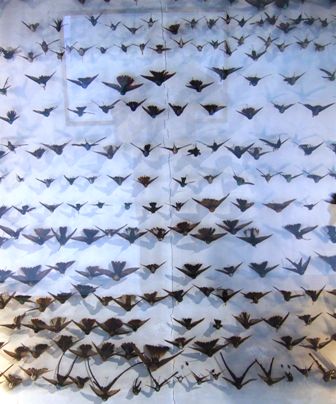 |
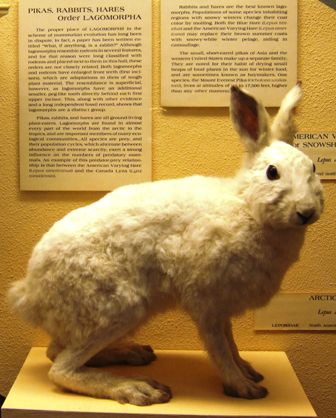 |
Moving on to mammals we have the humble rabbit (or it may be something
related to a rabbit). It is possible that it is a snowshoe hare. With feet
that size..... |
| On the other hand I can just look down my nose... a
small moose! | 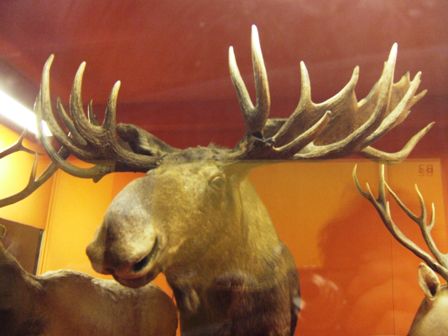 |
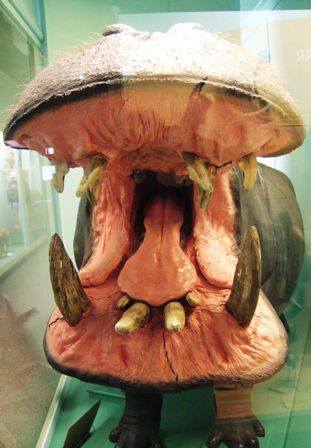 |
Sometimes it is difficult to work out what is real and what is artificial.
This hippopotamus has a split in its lower lip - part of the problem of
trying to preserve a collection of ancient stuffed animals. But a tribute to
the skills of the original preservers. |
| And so to the big cats. Not quite the king of beasts
but certainly entitled to be regarded as a prince of animals. This is one
of the best collection of animals I have ever seen in all the museums we
have visited and the $9 entrance fee represents some of the best value I
have had from such visits, particularly when you consider it included ALL
the Harvard museums we visited on this day. | 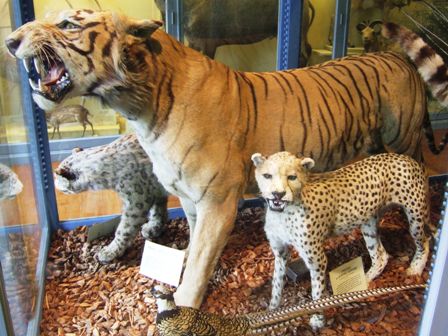 |
|